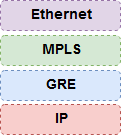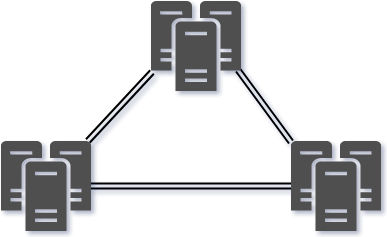15/02/2018
Datacenter Design VII ( Datacenter Interconnects )
- Types of Data Center Interconnections
- Layer 1 DCI
- Physical connection between Data Centers
- Dark Fiber ( MetroE)
- Fibrechannel
- Not as flexible
- Physical connection between Data Centers
- Layer 2 DCI
- Carrier appears as L2 Bridge
- MPLS options
- VPLS options
- IP Mobility
- Layer 3 DCI
- IP Based connection
- iSCSI
- Routing
- ATOMoGRE
- IP Based connection
- Layer 1 DCI
Layer 2 datacenter Interconnects
- Layer 2 DCI provides the best advantages
- Seamless migration between datacenters ( AWS )
- VM Mobility, IP Address Mobility.
- Single physical circuit between multiple sites.
- Count the cost of failure.
- “What if X goes down?”
- “What if a link goes down between datacenters?
- Layer 2 DCI Design options:
- MPLS psuedowire
- https://www.cisco.com/c/en/us/td/docs/wireless/mwr_2941_dc/software_config/guide/3_3/2941_33_Config_Guide/Pseudowire.pdf
- Ethernet Over MPLS ( EOMPLS – ELAN )
- Virtual Private Lan Private Service ( VPLS )
Layer 3 datacenter Interconnects
The challenge is how to make Layer3 DCI act like Layer2 DCI.
- Basic IP Routing, Always an option, combined with overlay networks for layer2.
- Any transport over MPLS over GRE ( ATOMoGRE ).

- Overlay Transport Virtualization ( OTV ).
- Developed by Cisco.
- No pseudowires, MPLS, STP
- No Mac Flooding, OTV Edge devices use IS-IS to advertise MACs.
- Virtual Extensible LAN ( VxLAN ).
- Original overlay
- Mac Flooding, Learning, Requires 1600 Byte Packet Size
